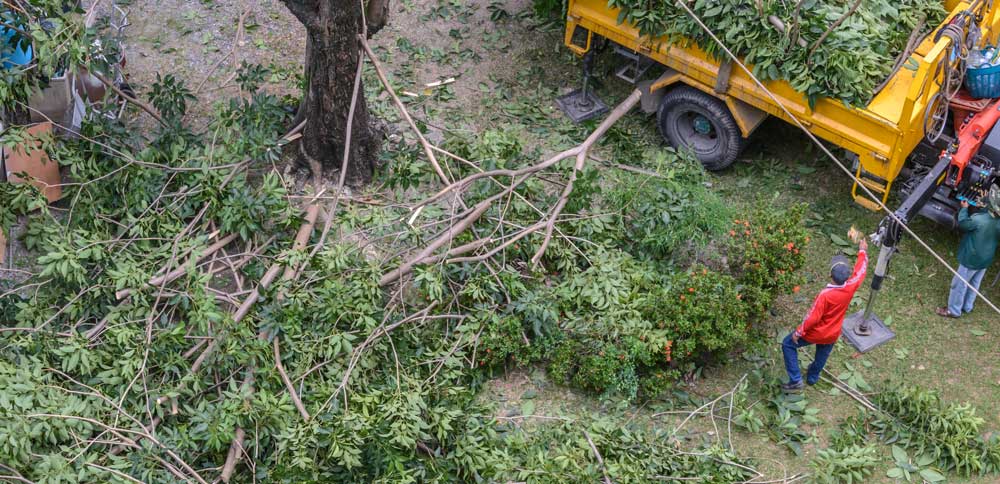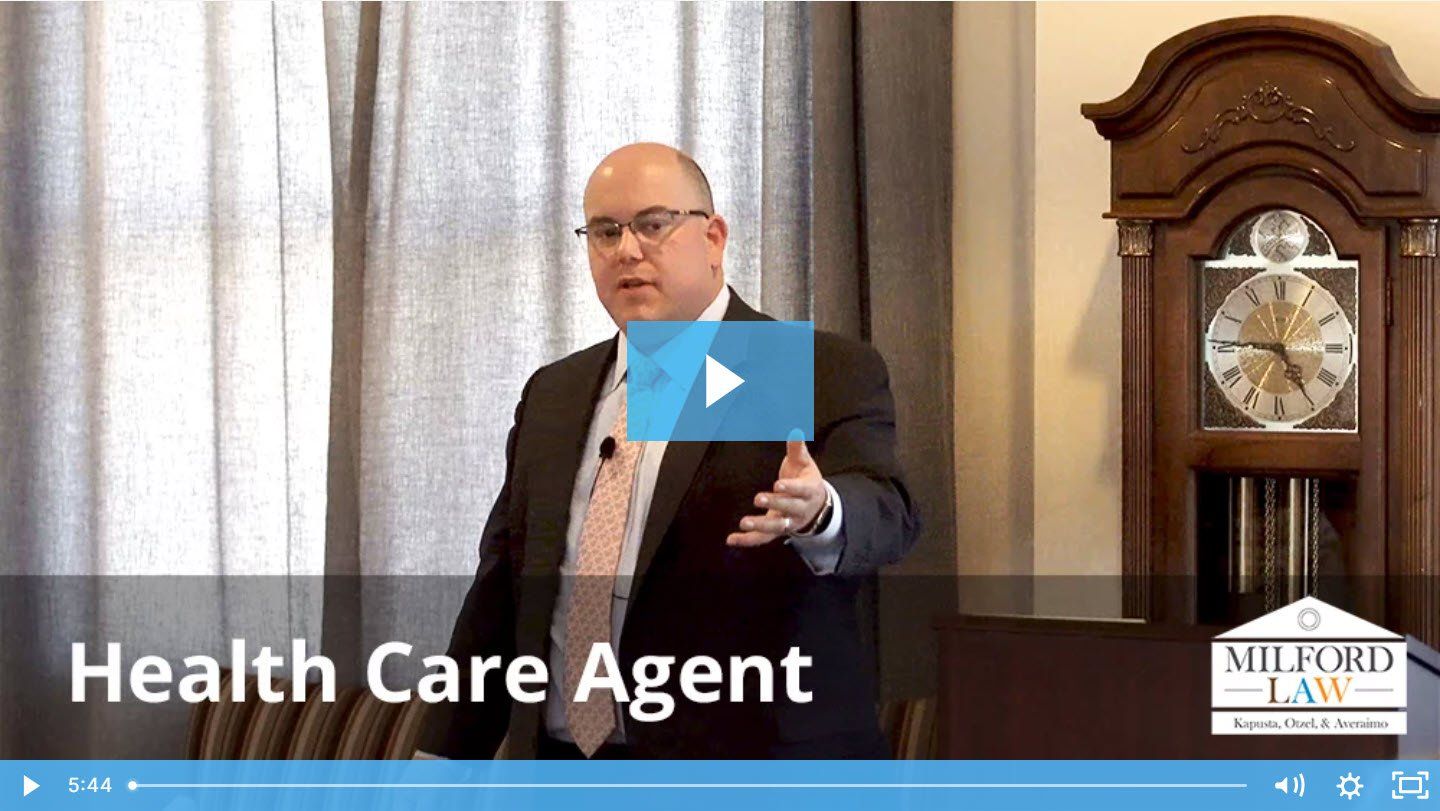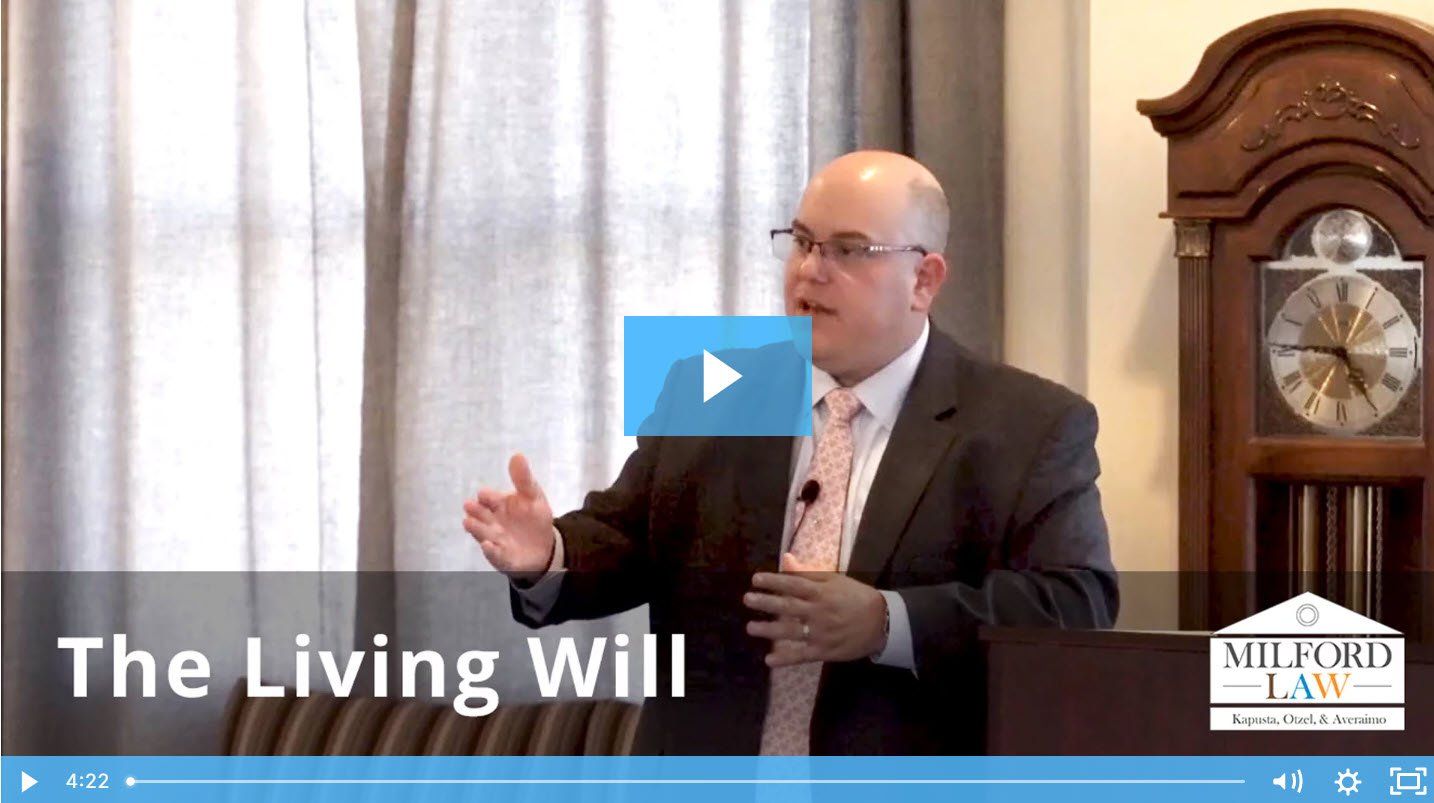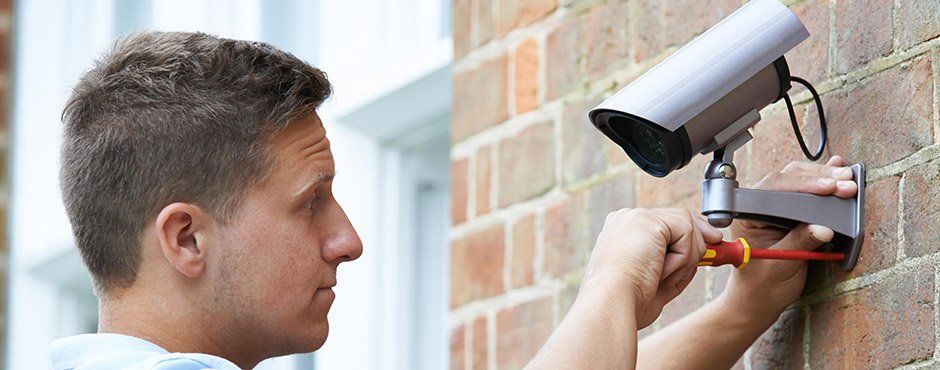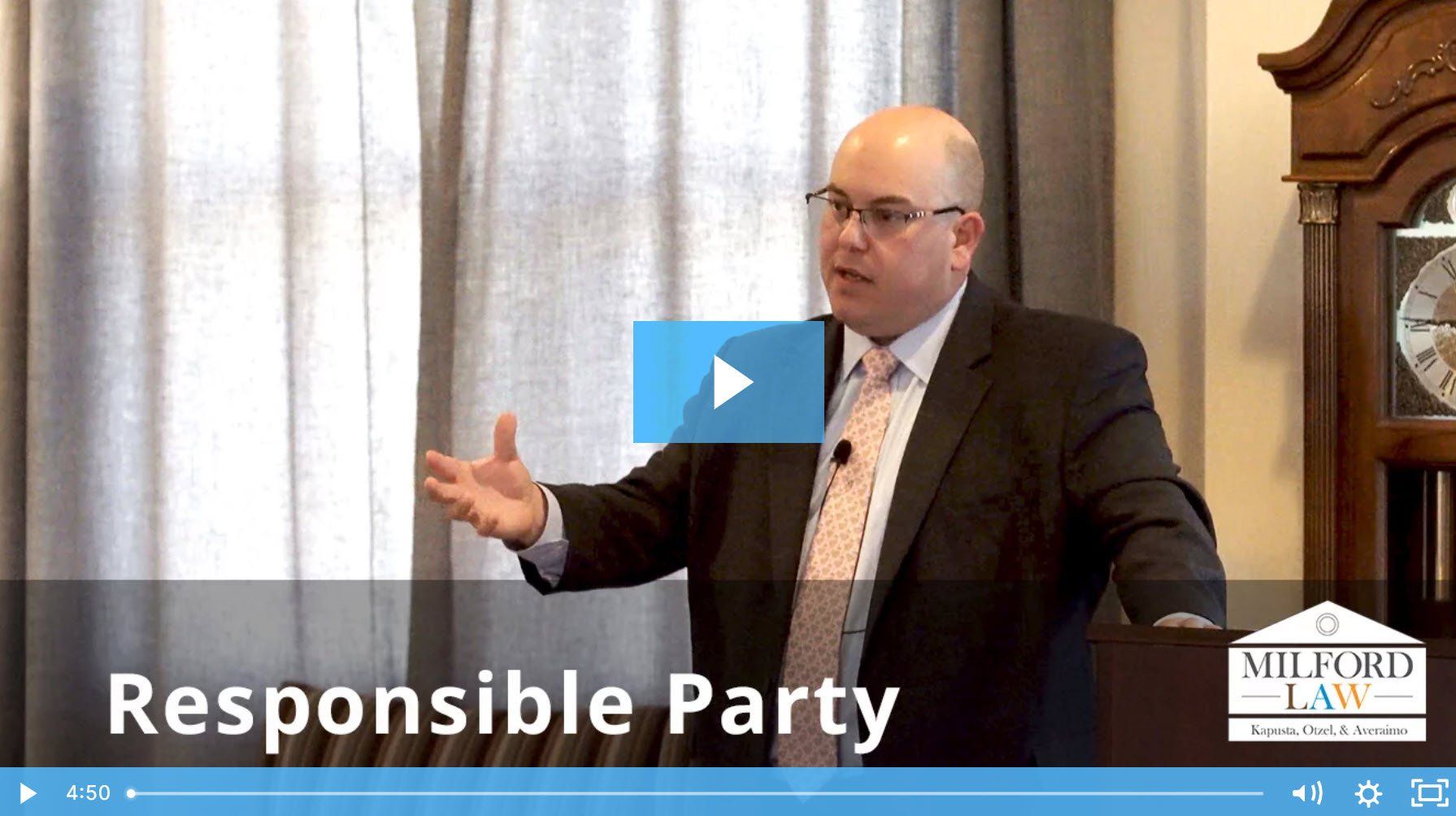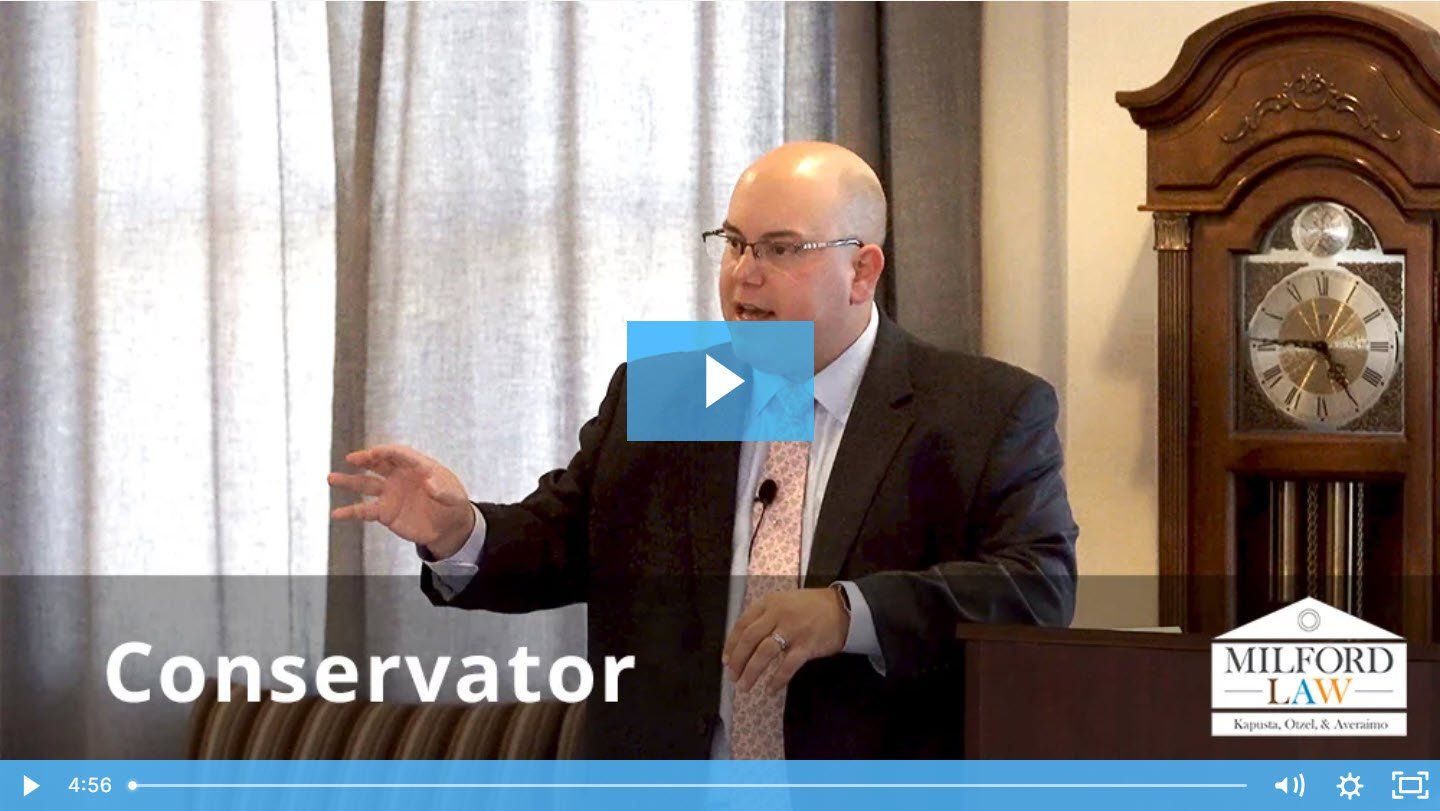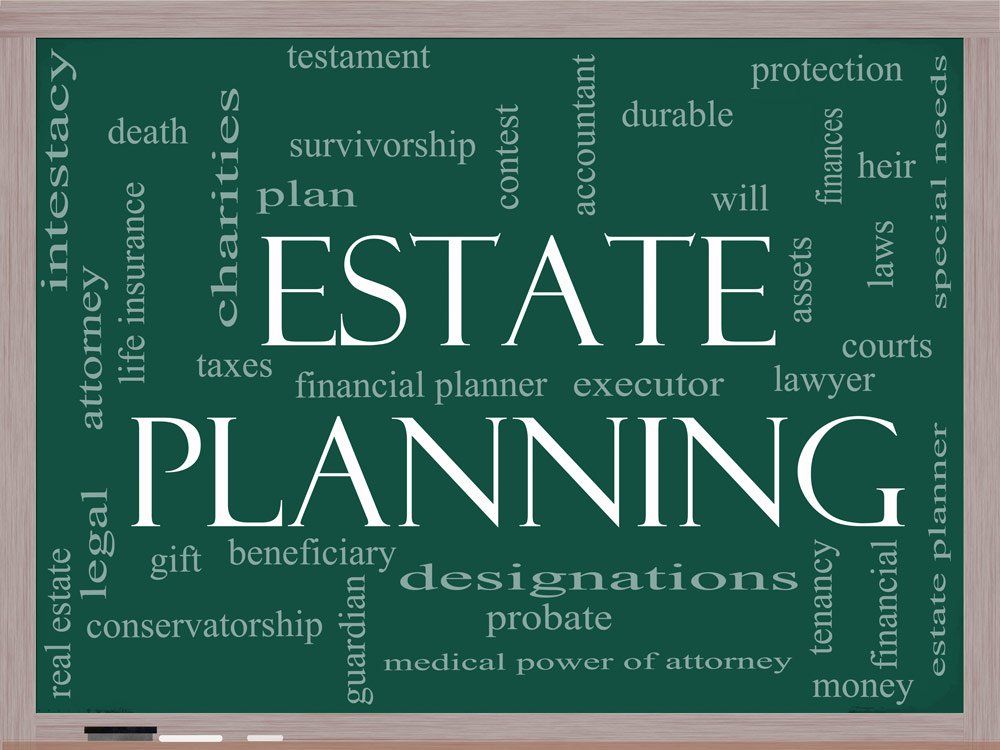Who's responsibility is it anyway?
Laws about trees, branches and roots between neighbors
With the unfortunate effects of Storm Sandy, the ever re-occurring question of whose responsibility it is for a fallen tree or fallen branches is being asked again.
Whose Responsibility is it?
The laws pertaining to trees, braches and roots between neighbors is discussed in the case of McCrann v. Planning & Zoning of Bloomfield, 161 Conn. 65 in which the Court ruled that a landowner has a right to remove invading branches from trees residing on adjacent properties.
The Court stated, “Where trees are located on the property of one party and their roots or branches extend onto the property of a second party, the latter may lop off the branches or roots up to the line of his land….This does not mean, of course, that complete disregard for the welfare of the trees is permitted.
In Dalling v. Weinstein, 6 Conn. Sup. 498, (1939), the Court of common pleas determined that a landowner could not recover damages from his neighbor resulting from failure to remove a tree blown onto his land by a hurricane. The court held it was an Act of God that the neighbor was not responsibility for, reasoning that “to attach liability to the defendant in the instant case, there must be something more than mere ownership of the tree which has been cast upon the Plaintiff’s land. There must be some act of neglect upon the defendant’s part, some fault on his part.”
Therefore, the general rule is that a landowner may remove branches from neighboring trees growing on adjoining lots that overhang that landowner’s property but he may not do so if that removal will destroy the entire tree. Additionally, if the owner of the tree has noticed that the tree and/or its branches creates a hazard they may be liable for damages if the tree does in fact fall.
The State of Connecticut Insurance Department published an excellent article entitled “Reducing Tree Damage” that can be located at www.ct.gov/cid
or www.disastersafety.org.
Milford Law Articles

